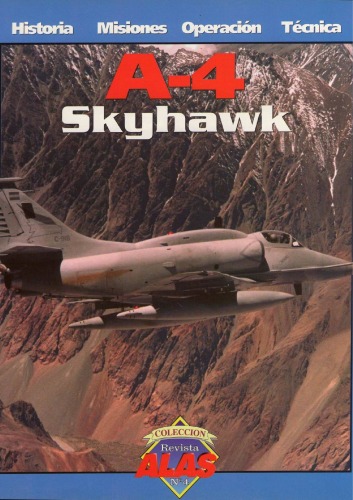- 2 402 202 книги
- Поиск
libcats.org










The Late Archaic across the Borderlands: From Foraging to Farming
Bradley J. VierraWhy and when human societies shifted from nomadic hunting and gathering to settled agriculture engages the interest of scholars around the world. One of the most fruitful areas in which to study this issue is the North American Southwest, where Late Archaic inhabitants of the Sonoran and Chihuahuan Deserts of Mexico, Arizona, and New Mexico turned to farming while their counterparts in Trans-Pecos and South Texas continued to forage. By investigating the environmental, biological, and cultural factors that led to these differing patterns of development, we can identify some of the necessary conditions for the rise of agriculture and the corresponding evolution of village life. The twelve papers in this volume synthesize previous and ongoing research and offer new theoretical models to provide the most up-to-date picture of life during the Late Archaic (from 3,000 to 1,500 years ago) across the entire North American Borderlands. Some of the papers focus on specific research topics such as stone tool technology and mobility patterns. Others study the development of agriculture across whole regions within the Borderlands. The two concluding papers trace pan-regional patterns in the adoption of farming and also link them to the growth of agriculture in other parts of the world.
Скачать книгу бесплатно (pdf, 3.76 Mb)
Читать «The Late Archaic across the Borderlands: From Foraging to Farming»
Читать «The Late Archaic across the Borderlands: From Foraging to Farming»
EPUB | FB2 | MOBI | TXT | RTF
* Конвертация файла может нарушить форматирование оригинала. По-возможности скачивайте файл в оригинальном формате.
Популярные книги за неделю:

Проектирование и строительство. Дом, квартира, сад
Автор: Петер Нойферт, Автор: Людвиг Нефф
Размер книги: 20.83 Mb

Система упражнений по развитию способностей человека (Практическое пособие)
Автор: Петров Аркадий НаумовичКатегория: Путь к себе
Размер книги: 818 Kb

Сотворение мира (3-х томник)
Автор: Петров Аркадий НаумовичКатегория: Путь к себе
Размер книги: 817 Kb

Радиолюбительские схемы на ИС типа 555
Автор: Трейстер Р.Категория: Электротехника и связь
Размер книги: 13.64 Mb
Только что пользователи скачали эти книги:

Уставы небес, 16 глав о науке и вере
Автор: Ирхин Валентин Юрьевич, Автор: Кацнельсон Михаил ИосифовичКатегория: Философия
Размер книги: 1.06 Mb

Skype For Dummies
Автор: Loren Abdulezer, Автор: Susan Abdulezer, Автор: Howard DammondКатегория: Образование, Элементарный уровень
Размер книги: 6.87 Mb

Coleccion Revista Alas Nº 4: A-4 Skyhawk
Автор: Juan Carlos CicalesiКатегория: ВОЕННАЯ ИСТОРИЯ, ТЕХНИКА
Размер книги: 8.25 Mb

McDonnell Douglas A-4Q Skyhawk
Автор: Jorge F. Nunez PadinКатегория: ВОЕННАЯ ИСТОРИЯ, ТЕХНИКА
Размер книги: 21.71 Mb

3000 способов не препятствовать удаче, или Кладовка Лисси Муссы
Автор: Лисси МуссаКатегория: КНИГИ ЭЗОТЕРИКА
Размер книги: 5.03 Mb

Судебно-статистические сведения о введении в действие судебных уставов.
Автор:Категория: История
Размер книги: 4.28 Mb





